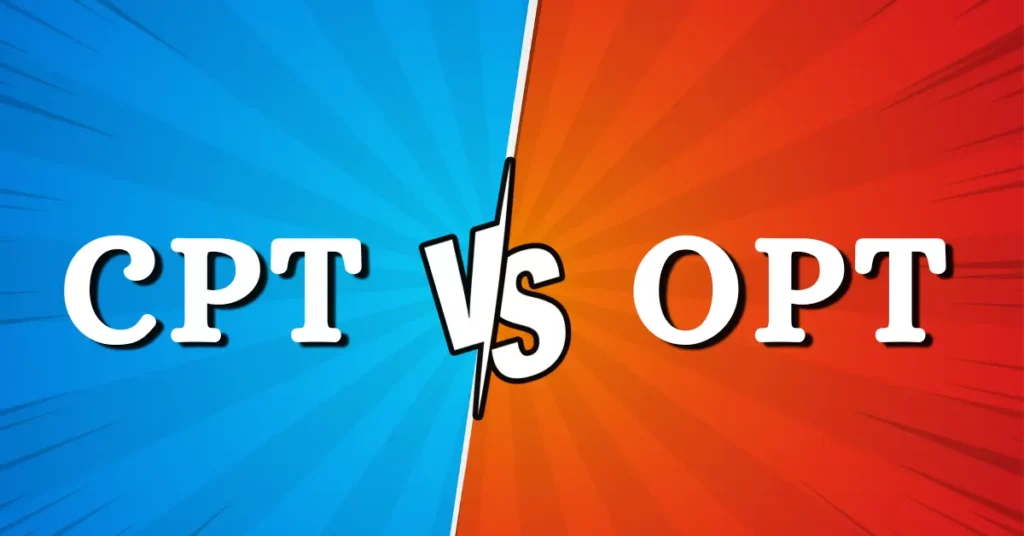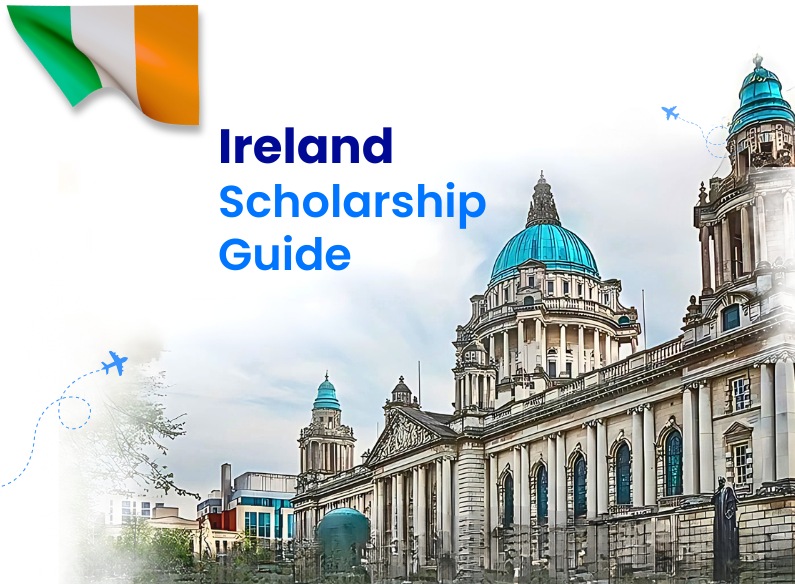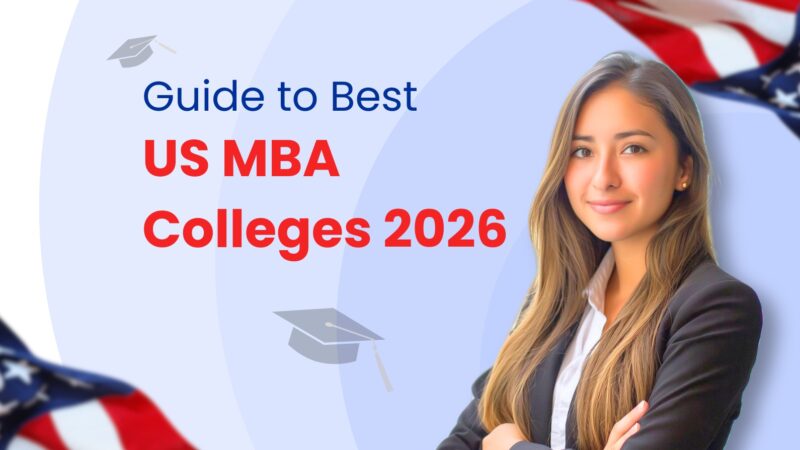CPT vs OPT: Difference, Application Process, & Complete Guidance

Table of Contents
- What is CPT?
- What is OPT?
- What is STEM OPT Extension?
- Differences Between CPT and OPT
- Benefits of CPT and OPT
- Documents Required for CPT and OPT
- How to Apply for CPT and OPT?
- Frequently Asked Questions
Studying in the US is a shining opportunity for international students to experience top-notch academic and professional excellence. The American education system is characterized by a practical approach demanded by dynamic industries. CPT (Curricular Practical Training) and OPT (Optional Practical Training) are the first steps for work experience after education in the US, preparing students to face real-life work challenges and situations.
What is CPT?
CPT stands for Curricular Practical Training. It is an authorization for F-1 visa students in the US to gain practical work experience related to their field of study. This can include paid or unpaid internships, as well as full-time or part-time work, as long as it is directly related to the student’s academic program.
What are the Options for CPT?
- Full-time: Up to 40 hours a week, up to 12 months
- Part-time: Up to 20 hours a week, maximum 12 months
CPT Guidelines
- Be an F-1 student in the US
- The course of study must be at least one year long
- The internship must align with the major selected by the student
- For employer-specific CPT, a letter of agreement must be submitted to the institution of study
What is OPT?
The Optional Practical Training (OPT) program gives international students with an F-1 visa a choice to work for up to 12 months after completing their academic studies, typically after earning a degree. In special cases, students with STEM degrees can apply for a 24-month extension, allowing for a total of 36 months of OPT.
What are the Options for OPT?
- Pre-completion OPT: It begins before you complete your program in the US. You can start with pre-completion OPT only after 12 months of enrollment in the US.
- Post-completion OPT: It begins after completing your course and extends to 12 months in general.
- STEM OPT Extension: There is a provision to request the OPT extension for 24 months in the US for STEM students.
OPT Guidelines
- The job must relate to the course of study in the US.
- Before applying for OPT, students must have completed at least one academic year in the US.
- Students must connect with their DSO (Designated School Official) to apply for OPT.
What is STEM OPT Extension?
Students studying STEM courses in the US can apply for an extension of 24 months in their OPT. Doing so will help students gain more practical experience and insights related to their field of study.
Eligibility
- Be an F-1 student in the US
- Enroll in a STEM course for a bachelor’s or an upper degree
- Have Form I-893 (or Training Plan for STEM OPT Students) signed by the employer and the student.
What are the Differences Between CPT and OPT?
While CPT is mandatory for completing a course in the US, OPT is optional and more work-oriented. If the CPT duration exceeds 12 months, it is counted towards the OPT duration allowed for the course.
| Parameters | CPT | OPT |
| Function | Allows F-1 students to gain practical experience, which is integral for their course completion. | Offers an option to F-1 students to work in the US after their studies. |
| Consent From | ISS (International Student and Scholar) and the department of study. | USCIS (US government) |
| Duration | 12 months | 12 – 24 months |
| EAD (Employment Authorization Document) | Not available. | Available. |
| Application Fee | None | 470 USD |
| Work Duration | Up to 20 hours a week (part-time)Up to 40 hours a week (full-time) | Full-time |
Benefits of CPT and OPT
- Stay in the US: With CPT and OPT, international students can stay in the US for 12 – 24 months after completing their studies. Staying in the US for one more year benefits those with permanent residency plans.
- Professional experience: CPT and OPT offer professional expertise to students. The work experience and insights add an edge to professional explorations after studies.
- Networking: CPT and OPT are opportunities to explore new industry connections, gain valuable insights, and meet new people. Students will gain professional lessons from CPT and OPT to boost their careers.
Documents Required for CPT and OPT
| Documents Required for CPT | Documents Required for OPT |
| Form I 20 | Original I-765 |
| Academic Transcripts | Passport copy |
| English Proficiency Certificate | Copy of I-94 |
| Passport Copy | Copy of OPT recommendation |
| Offer Letter for Job/ Training | Copy of I-20 |
| Copy of electronic form I-94 | Any earlier issued EAD cards’ copies |
How to Apply for CPT and OPT?
CPT: Talk to a student advisor and choose a college with CPT programs. Receive a job letter from an employer, which must include information specified by your university. The application is made through your university after authorization.
OPT: The DSO (Designated School Official) recommends OPT after the student’s request. The DSO will endorse your form I-20 for OPT recommendation upon your request. After that, file Form I-765, along with the required fee and supporting documentation as specified in the form instructions.
Once you understand the difference between CPT and OPT, check your eligibility and decide your plans. If you want to know more, connect today with Nomad Credit and receive holistic study abroad guidance at zero cost.
Frequently Asked Questions
How long is a CPT visa valid in the US?
Typically, students are allowed to do CPT for 12 months. The CPT lasting more than 12 months is counted towards the OPT.
How long is an OPT visa valid in the US?
In the US, students are allowed to do OPT for 12 months in general. For STEM students, an extension is available if required.
How soon before graduation can students apply for OPT?
Students can apply for OPT 90 days before or 60 days after course completion.
Who is eligible for CPT in the US?
To be eligible for CPT in the US, a student must enroll in a CPT-approved college and course. The course of study must be a bachelor’s or upper degree.
Are there any restrictions on the type of work students can undertake during CPT or OPT?
In general, the work must relate to your course of study. It could be paid or unpaid internships or a job.
Who is eligible for OPT in the US?
F-1 students enrolled in bachelor’s or higher degree programs in the US can apply for OPT. They must maintain an active F-1 status at the time of application.
Is sponsorship required for OPT programs?
For CPT programs, sponsorship is not mandatory. It could be an internship or employment, paid or unpaid.
Is the CPT and OPT application process the same for undergraduate and graduate students?
Typically, the CPT and OPT application process is the same for undergraduate and graduate students.
Is sponsorship required for CPT programs?
No. Sponsorship is not mandatory for OPT programs in the US.
Book A Free Counseling
Related Blogs
Want to connect with
Our Experts?
We provide keep one to one counselling to
Study Abroad Aspirants








